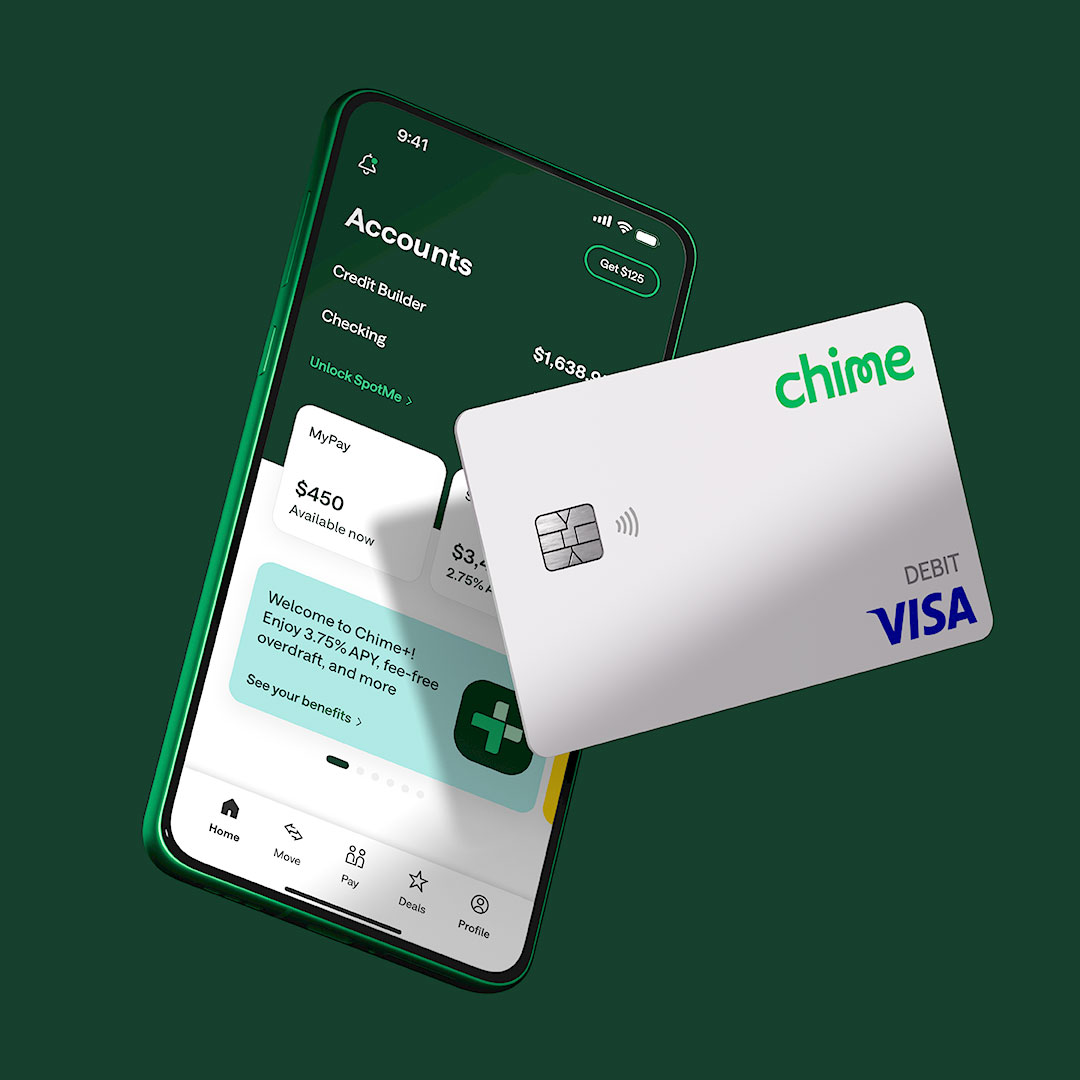Millions of people know Roku as the little black box that streams Netflix to their TVs, but there’s far more to the story than this. Following the company’s September IPO* and rise to $3.9 billion in market cap (as of November 16, 2017), Roku has emerged as the #1 IPO of the year and the unexpected market leader in streaming TV amidst a landscape of giants that includes the likes of Apple, Amazon, Google, and Samsung. By comparison, if Roku were a cable company, it would be the fourth largest as of September 30, 2017 with 16.7 million active accounts—trailing close behind AT&T/DirecTV, Comcast, and Time Warner—and the fastest growing of them all.
How did they succeed under the noses of such powerful competitors? And what lessons can be learned by early-stage consumer startups with world-changing ambitions?

Dream Big
Iconic companies radically redefine our most familiar consumer behaviors, and Roku is no exception. When the company got its start in 2002, nearly 98% of US households reported owning at least one TV and clocked five hours of viewing per day. For Founder and CEO Anthony Wood, this great American pastime was ripe for reinvention. After pioneering the DVR at ReplayTV in the late ’90s, Anthony knew the constraints presented by cable and satellite—namely, limited content selection and linear viewing format—disappeared in a broadband world, where everything could be streamed. It was a major industry problem the top tech companies couldn’t yet solve, but one that created an opening for Roku to lead.
Keep Your Eye on the Prize
Many startups launch a minimum viable product, and then steer in whatever direction customers push them. When going after a big dream, it’s critical to do the opposite. In many ways, Roku started with the ultimate goal in mind and worked backwards.
- They Started Early: Sometimes available technologies may not support exactly what you envision creating out of the gate. To get a head start on the competition, Roku first rolled out two lower bandwidth products: SoundBridge, a digital audio player, and PhotoBridge, a digital image viewer. These early products served as literal bridges to long-term success: helping Roku to grow a team with unique expertise; build manufacturing relationships, retail distribution, and brand awareness; establish internal systems for firmware updates and progressive releases; and more—all before launching the first Netflix streaming video player.
- They Defined Value: Achieving large-scale behavior change is no small feat for any startup, but getting crystal clear on your product value provides a north star. Roku aimed for the consumer value trifecta: “better, faster, and cheaper.” In Roku’s case, high quality streaming video to the TV meant better content breadth, faster start times with everything on demand, and cheaper a la carte programming options relative to fat bundles.
- They Aligned the Business Model: The hundreds of billions of dollars of market capitalization for the existing TV ecosystem participants lies in advertising and premium content fees. Though Roku needs streaming boxes and TVs in homes to grow their footprint, they knew the margin needed to come from platform, not hardware revenues. In Q3, 89% of total gross profit came from the platform.
- They Stayed Focused: If distraction is the enemy of productivity, than Roku’s triumph also stems from an unwavering commitment to laser focus on its core product. Rather than divide resources between multiple product lines, Roku discontinued SoundBridge and PhotoBridge and remodeled its commercial signage business, BrightSign, into a separate company as soon as they knew they had a hit on their hands with the video player. Only after the video player had established #1 market share did they begin licensing the Roku TV OS to manufacturers to multiply their footprint. TCL, their first TV partner, achieved the #2 spot for U.S. smart TV sales in September after less than 2 years in the market.
The journey to a breakthrough product isn’t a sprint, but a marathon that will be more manageable with intermediate waypoints that deliver value while growing team competence and removing potential roadblocks.
Learn From Experience
Leaders best serve business goals when they hire talent in focus areas that bolster innovation and efficiency. For Roku, not reinventing the wheel meant a faster learning curve all around: experienced engineers and product designers from the field brought domain expertise, which helped avoid the countless pitfalls that plague most hardware startups; the business development execs were familiar with the esoteric world of content providers and distribution rights, and defined agreements that made both sides happy; their sales team knew how to play the online and retail distribution games to get our channel mix right; and, in his sixth run as a founder, Anthony was a seasoned CEO versed in making hard tradeoffs and high-level organizational design decisions. It’s possible the company would have figured things out eventually with first-timers, but recruiting an experienced team saved Roku valuable time to market.
Find Your Allies
When dancing with elephants, you don’t want to be a mouse wandering the floor alone. From the beginning, the Roku team made it clear to content providers that they came in peace. Unlike many other competitors who chose models that competed with or threatened existing providers, Roku became the chosen vessel for the media giants to light up the big screen with their videos and personalized user experiences. Companies like Netflix, Hulu, and Pandora advocated expanding Roku’s customer base largely because doing so would help grow their own reach.
Exploit Network Effects
Maintaining high growth rates and margins, once at scale, is much easier to accomplish with network effects—the phenomenon whereby a product or service increases in value as its user base grows. For social media companies, the network effects are obvious: Facebook, WhatsApp, and Twitter all benefit from more content and comments on their platforms. But network effects also can be found in many other businesses. Apple catapulted the success of the iPhone by launching the AppStore and opening up a SDK. Uber accelerated growth via driver acquisition that kicked off a virtuous cycle of faster pick-up times, happier passengers, and more spending. Roku, likewise, worked hard to prioritize features with network effects. Opening up the channel store brought more content; more content increased box sales and made RokuOS more compelling for TV manufacturers; more viewers watching more video has brought more advertisers; and more ad spending compels content providers to bring greater selection to increase their revenues. Efforts such as these collectively facilitated a formidable moat and margin improvement at scale.
One Last Thing
Roku has proven time and again that the secret to its success lies in a company culture of perseverance. When a company arrives early to a market, the setbacks are inevitable. Not only were many VCs and top content providers initially reluctant to embrace a hardware-first business, but over the years competitors have offered their devices below cost and countries like Mexico have blocked sales. Yet, Roku continues to persevere undeterred with a relentless focus on what will make TV lovers everywhere happier. After a 15-year journey to IPO it seems Roku is still in the opening act of revolutionizing TV, and it’s going to be a fun show to watch.
*Menlo was the largest shareholder prior to the IPO, and I’ve been on the board since 2008.
As an early-stage investor, Shawn focuses on companies that serve the “utilitarian consumer”—the individual seeking better, faster, and cheaper ways to move through life. Because basic human needs are persistent, he looks at how people are spending their money and time to assess the value and utility of a product…





